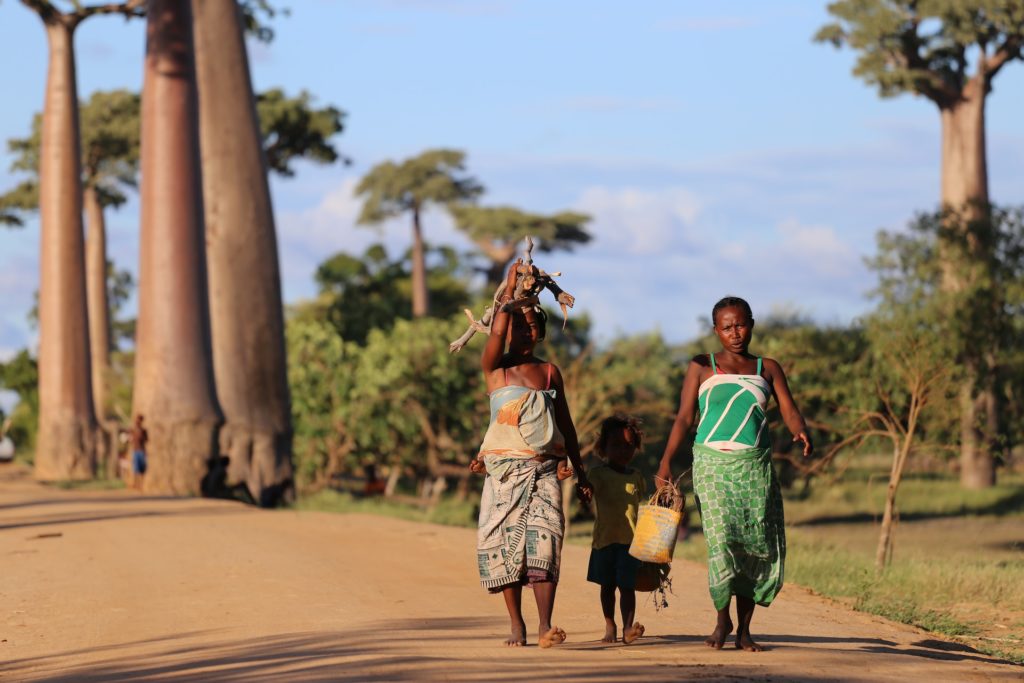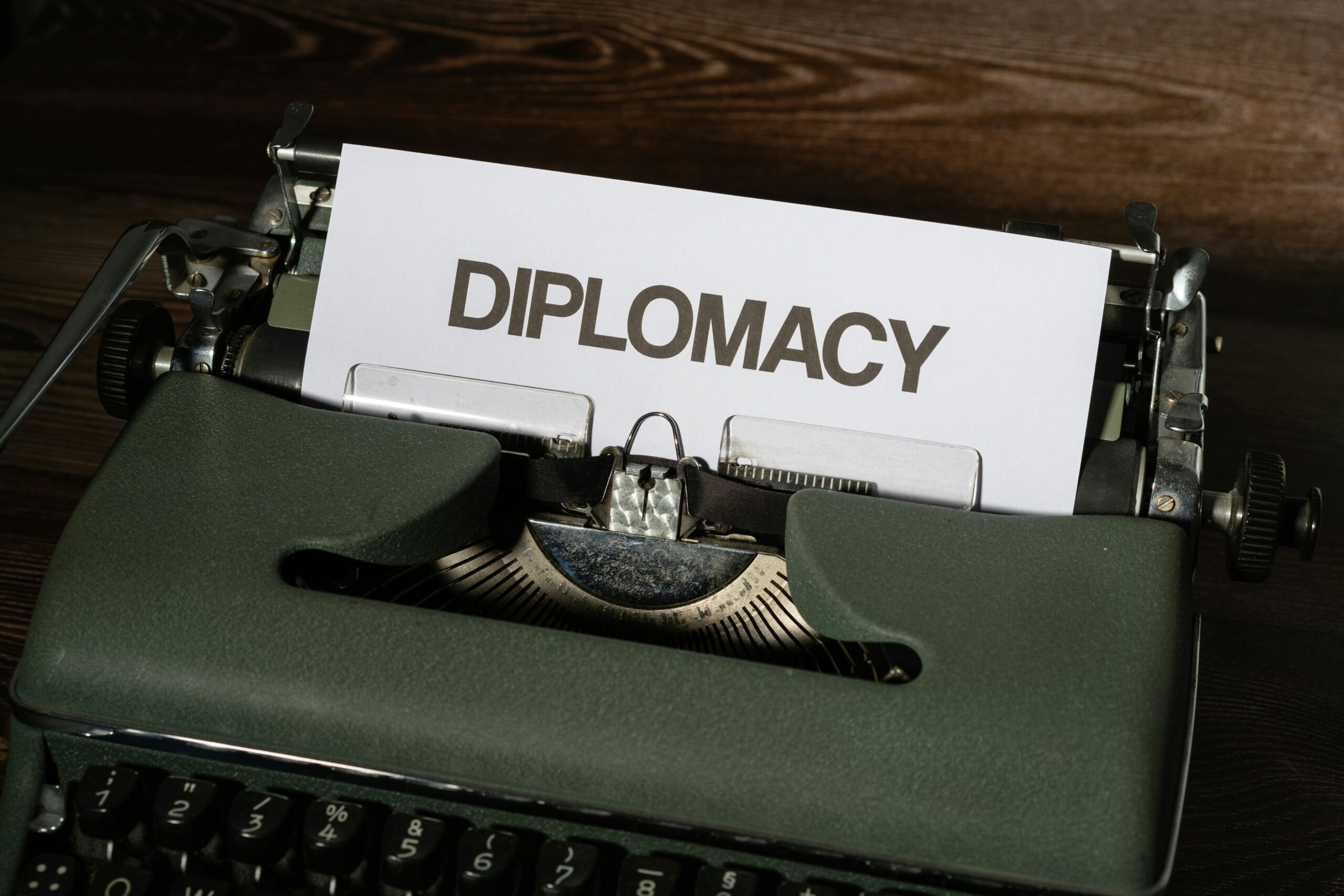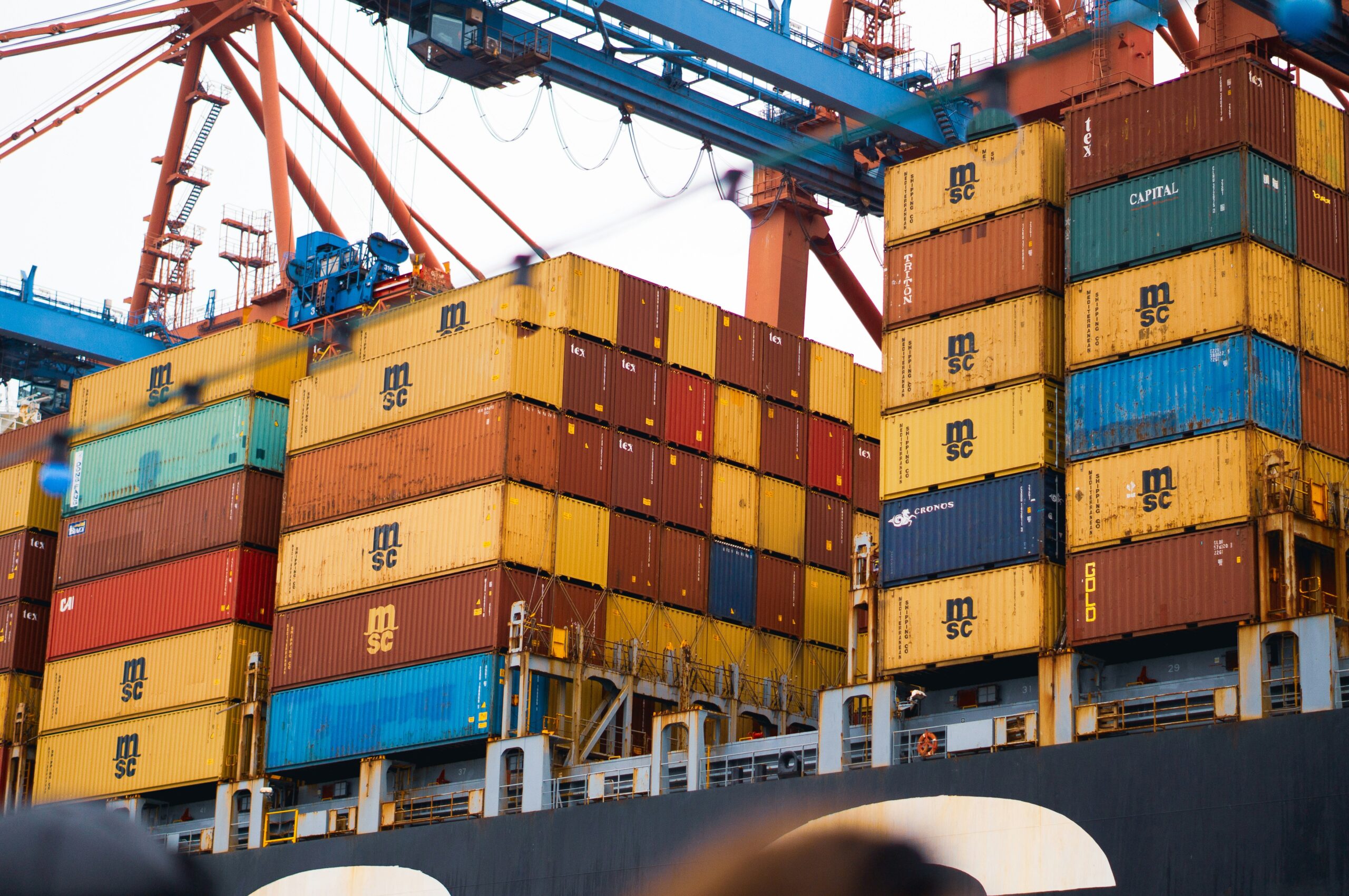The African Union’s Economic Community of Central African States was established to foster national trade ties in Central Africa. Through peaceful coexistence, it seeks to attain national independence, increase the quality of living for its citizens, and uphold financial stability
TTh UDEAC’s top officials made a preliminary agreement to create a larger economic union of Central African nations during a conference session in December 1981. On October 18, 1983, the Economic Union of the Great Lakes Countries and UDEAC partners founded ECCAS.
ECCAS started operating in 1985 but was dormant for a while due to budgetary issues and the war in the Great Lakes region.

Economic and Monetary Community
Cameroon, Central African Republic, Chad, Republic of Congo, Equatorial Guinea, and Gabon founded the Economic and Monetary Community. It was created to encourage economic cooperation amongst nations that use the CFA franc as a common currency.
Its goals include fostering trade, creating a true shared market, and increasing inter-ethnic unity. Currently, CEMAC nations maintain a unified international tax on imports from non-CEMAC nations and share a similar economic, administrative, and legislative system. Theoretically, taxes on commerce inside CEMAC have been abolished, but actual execution has been put off. Capital can move freely throughout CEMAC.
Objectives
The creation of a Common Market is the ultimate objective of this treaty. Four major areas for the organization were highlighted at the Malabo Leaders of State and Administration Convention:
- To develop an autonomous financial structure for ECCAS.
- Create an environment that values human interaction.
- To advance financial, ecological, and architectural integration.
- To build the skills necessary for maintaining stability, safety, and harmony as a precondition for financial and social growth.
Protocols
- Agreement on the Settlement Office for the states;
- Agreement on the Fund for Remuneration for Monetary Losses;
- Policy on the Re-export of Products Within the signatory nation;
- Agreement on Transport and Transit Services;
- Protocol on Border Collaboration Within the regional community;
- Agreement on the Regulatory standards for goods to be exchanged between member states;
- Non-tariff Trading Restrictions Agreement;
- The ECCAS’s Convention on Citizens of Participating Countries’ Access to Open Borders and Occupation;
- Member nations’ Protocol on Collaboration in Agricultural Growth;
- Protocol on Economic Promotion Partnership Among Member Governments;
- Member nations’ Protocol on Partnership in Transportation and Communications;
- The ECCAS States’ Agreement on Partnership in Research and Technology;
- Agreement on Partnership in the growth of Human forces, Research, Education, and Arts among participating countries;
- Agreement on Tourism Partnership between ECCAS State Parties;
- The ECCAS countries’ Energy Collaboration Treaty;
- Protocol on Oil And natural gas Collaboration among ECCAS States Parties;
- ECCAS Trade Records and Processes Streamlining and Cooperation Act; and
- Convention on the Condition of Island, Part-Island, Mainland, and/or the Least Developed States.
Peace activities
After the fifth session of the UN Advisory Council on Peace in Central Africa conducted in Yaoundé, Cameroon, the local governments established a treaty of non-aggression.
Signatories of the Consultative Panel in Central Africa voted to establish the council for peace and security as an entity to promote, maintain, and consolidate stability and protection in the region. The COPAX Protocol is now legally binding.
A technical COPAX institution, the Multinational Force of Central Africa (FOMAC) is a temporary force made up of armed regiments from member nations. Its goal is to carry out operations for humanitarian aid, safety, and stability.
The COPAX scheme also depends on other technological components like MARAC and CDS. For crisis warning identification and management, MARAC gathers and analyses data. On the other hand, CDS prepares, organizes, and offers guidance to the group’s decision-making bodies to launch military actions when necessary.



